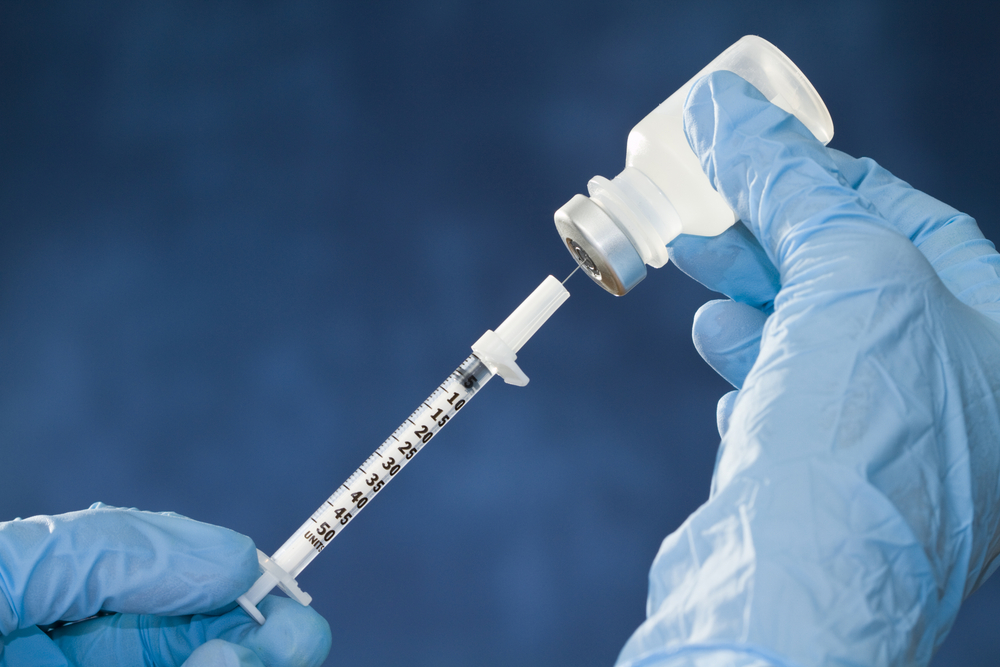'Very Dangerous' Powdered Gloves Banned for Doctors

At your next doctor's exam, one thing will be certain: Your physician won't be using powdered medical gloves.
That's because the Food and Drug Administration (FDA) just issued a ban on powdered medical gloves, calling them dangerous. The ruling marks only the second time in history that the FDA has banned a medical device.
The agency first proposed the ban back in March, and issued a final ruling today (Dec. 16). The ban will take effect on Jan. 19, 2017.
"While medical gloves play a significant role in protecting patients, health care providers and other individuals in close proximity, powdered gloves are very dangerous for a variety of reasons," the FDA said in a statement. [9 Disgusting Things That the FDA Allows in Your Food]
The powder is sometimes added to gloves to make them easier to take on and off, the agency said. But if the powder on latex gloves becomes airborne, it can cause allergic reactions. What's more, use of the gloves on patients has been associated with wound inflammation, as well as a condition in which bands of scar tissue form between people's organs after surgery, the FDA said.
Today's state-of-the-art medical gloves include nonpowdered alternatives that provide all the benefits of powdered gloves, without the same risks, the agency said.
When issuing the prosed ban in March, the agency said it had determined that a ban on powdered gloves would not cause a glove shortage. Only a small percentage of medical gloves used today have powder, according to The New York Times.
Sign up for the Live Science daily newsletter now
Get the world’s most fascinating discoveries delivered straight to your inbox.
The FDA determined that simply adding a warning label to powdered gloves was not enough to address the risk, the agency said.
The only other time the agency has banned a medical device was in 1983, when it banned prosthetic hair fibers.
Original article on Live Science.

Rachael is a Live Science contributor, and was a former channel editor and senior writer for Live Science between 2010 and 2022. She has a master's degree in journalism from New York University's Science, Health and Environmental Reporting Program. She also holds a B.S. in molecular biology and an M.S. in biology from the University of California, San Diego. Her work has appeared in Scienceline, The Washington Post and Scientific American.











